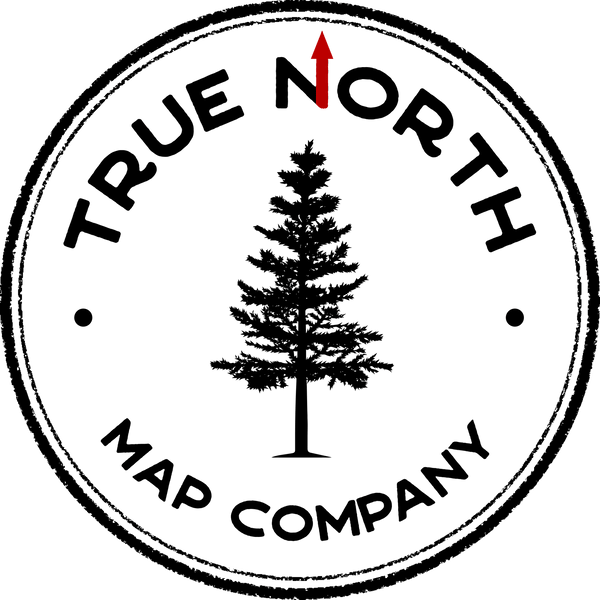How to Choose the Right Map for Your Next National Park Adventure
Jerod ArlichShare
Planning a national park adventure? Whether you're hiking backcountry trails, photographing wildlife, or camping under the stars, the right map is essential to keep your trip on track and safe. But with so many map options available—from digital to topographic to cloth—how do you know which one to bring? This guide breaks down everything you need to consider to choose the perfect map for your next outdoor experience.
Understand Your Destination and Activities
Before selecting a map, consider the type of terrain, park size, and activities you'll engage in. A hiker in Yellowstone's backcountry needs different information than a road-tripper driving through Zion. Tailoring your map choice to your planned adventure is the first step.
Ask These Key Questions:
- Will you be on marked or unmarked trails?
- Do you need elevation and terrain data?
-Will your route have cell service?
- Are you navigating by foot, car, or kayak?
Types of Maps for National Parks
There are several kinds of maps to choose from, each with unique advantages depending on your use case.
Topographic Maps
Topographic maps show detailed elevation changes, terrain features, and contour lines—ideal for hikers, backpackers, and climbers.
Trail Maps
Trail maps focus on hiking routes, trailheads, mileage, and points of interest. They're often available at park visitor centers and online.
Digital Maps and GPS Apps
Apps like Gaia GPS, AllTrails, and Google Maps offer real-time navigation, route tracking, and offline map options—but they require battery power and may depend on signal availability.
Cloth Maps
Cloth maps offer a rugged, water-resistant alternative to paper. They're great for extended trips, wet climates, and multi-use scenarios like emergency bandanas or gear wraps.
Choose Based on Durability and Conditions
Think about the conditions you’ll face. Wet, windy, or snowy environments may destroy paper maps but are no match for waterproof cloth or laminated options.
Map Protection Tips:
- Use waterproof map cases for paper.
- Print digital maps in advance.
- Opt for cloth if space, weight, and resilience matter.
Combine Map Types for the Best Coverage
No single map is perfect. Experienced adventurers often use a hybrid strategy: a topographic paper map for broad overview, a digital app for real-time tracking, and a cloth map for reliable backup.
Check for Updates and Park-Specific Info
National parks frequently update trails, road closures, and safety notices. Always download or purchase the latest version before your trip.
Where to Find Reliable Maps:
-National Park Service (NPS.gov)
-Visitor Centers
-Outdoor retailers like REI
-Specialized publishers like NatGeo Trails Illustrated
Conclusion: The Right Map Can Make or Break Your Trip
Choosing the right map isn’t just a technical decision—it's about safety, confidence, and getting the most from your national park adventure. Take the time to evaluate your destination, gear, and goals, and you’ll be prepared to explore with clarity and peace of mind.
